Description
Venezuelan Troupial (Icterus icterus)
Species Significance & Captive Potential
As Venezuela’s national bird, the Venezuelan Troupial is one of the most visually striking members of the oriole family, renowned for its vibrant orange-and-black plumage and musical vocalizations. These medium-sized songbirds (22-24 cm) thrive in both arid and tropical environments, demonstrating remarkable adaptability in captivity. Their distinctive features include a jet-black head and bib, brilliant orange underparts, and bold white wing bars that become more pronounced with age. In controlled environments, these birds typically live 8-12 years, with some specimens reaching 15 years when provided with optimal care. Their exceptional vocal abilities, which include a repertoire of whistles, chatters, and melodic phrases, make them particularly desirable for aviculturists seeking both visual and auditory appeal in their collections.
Specialized Husbandry Requirements
Successful maintenance of Venezuelan Troupials requires attention to their specific ecological needs. They flourish in spacious, well-planted aviaries (minimum 3m L × 2m W × 2.5m H) with abundant flying space and multiple perching options. Temperature stability is crucial, with an ideal range of 20-30°C (68-86°F) and moderate humidity levels. Their omnivorous diet should consist of 40% high-protein foods (mealworms, crickets, and specially formulated insectivore mixes), 30% fresh fruits (particularly oranges, papayas, and bananas), 20% nectar supplements, and 10% leafy greens. Breeding pairs require additional privacy and nesting materials, typically constructing intricate hanging nests from palm fibers and grasses. Common health considerations include seasonal molting stress and susceptibility to avian pox, necessitating regular veterinary check-ups and a rigorous vaccination protocol.
Conservation-Oriented Breeding & Acquisition
While classified as Least Concern by IUCN, Venezuelan Troupials benefit from responsible captive breeding programs that help preserve genetic diversity. Our specimens originate from sustainable captive populations, with detailed lineage records available for conservation-minded buyers. These birds reach sexual maturity at 10-12 months and typically produce 2-3 clutches annually under proper conditions, with incubation periods lasting 14-16 days. Prospective owners should ensure all acquisitions include proper CITES documentation and undergo a standard 30-day quarantine period. Their compatibility with other large songbirds makes them suitable for mixed-species aviaries, though their territorial nature during breeding season requires careful monitoring. For institutions and serious aviculturists, these troupials represent an opportunity to maintain a species that embodies both ecological significance and exceptional aesthetic appeal.
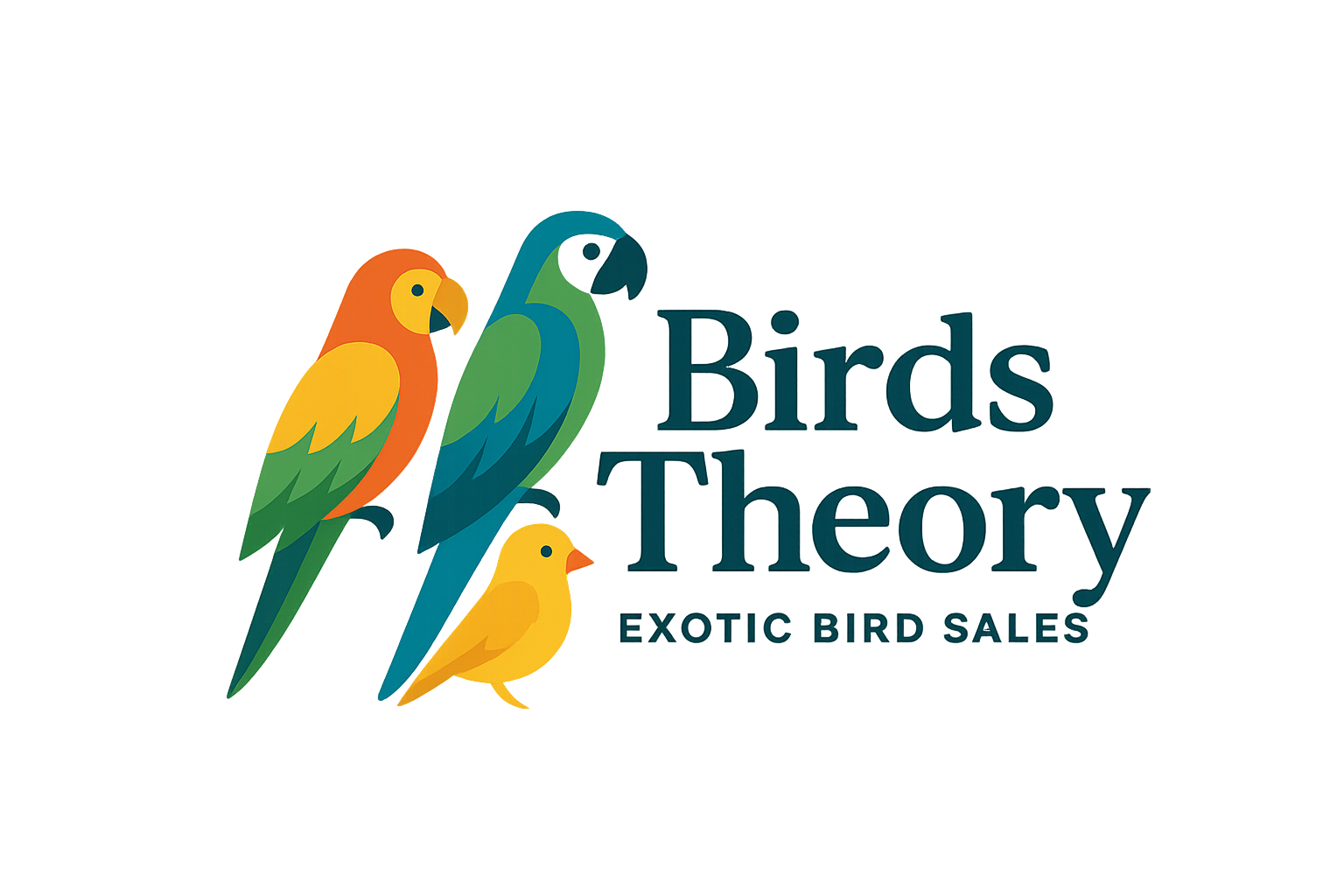
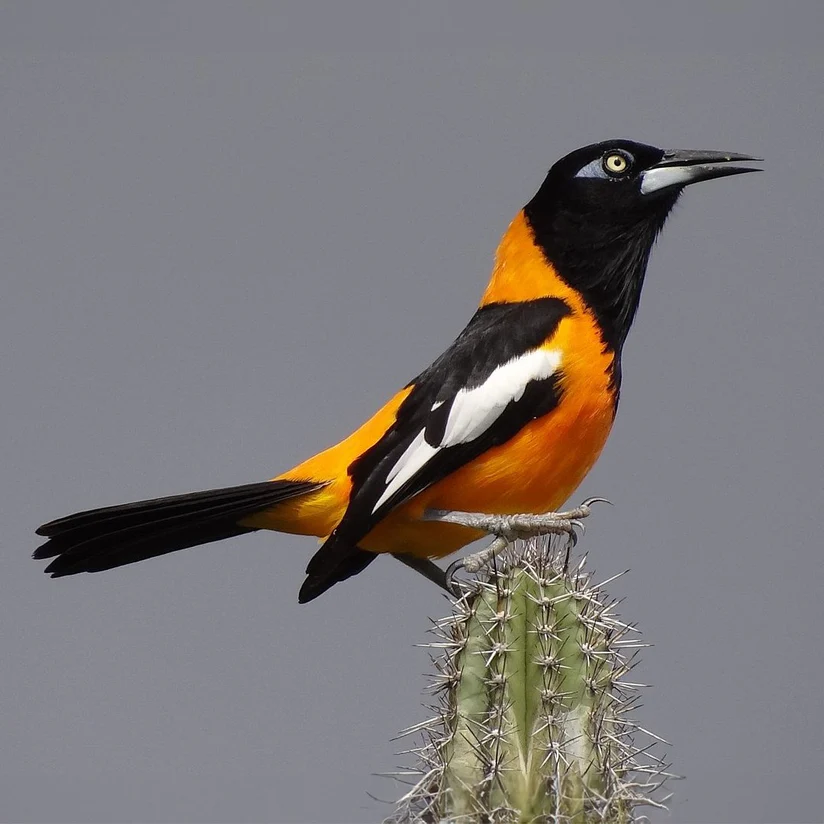

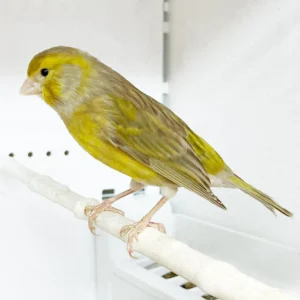
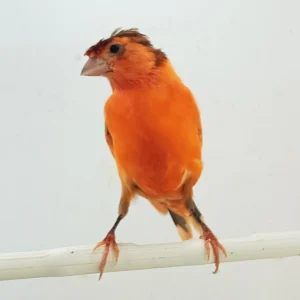
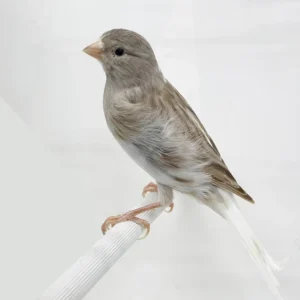
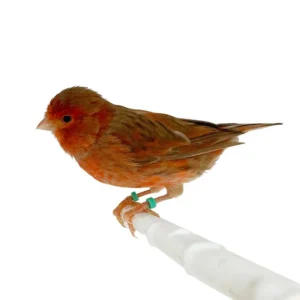
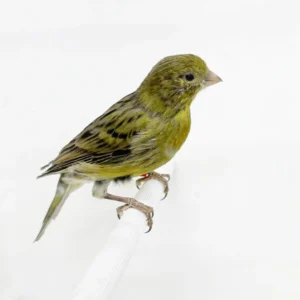
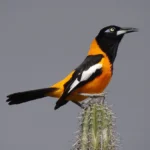
Reviews
There are no reviews yet